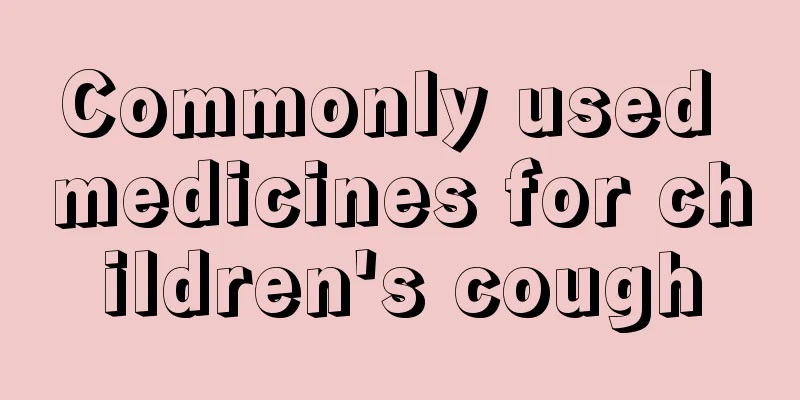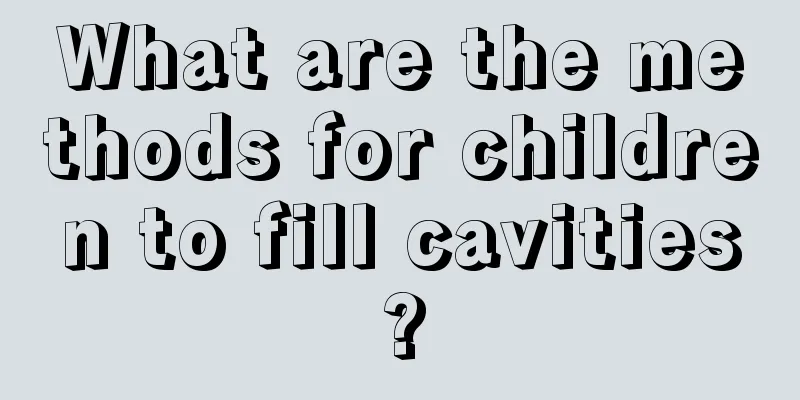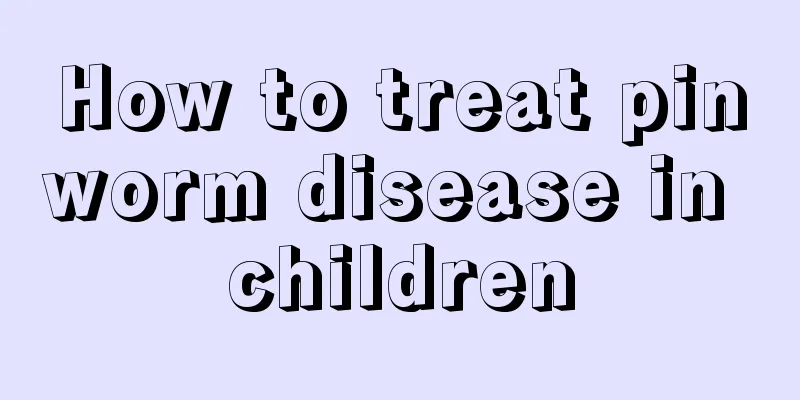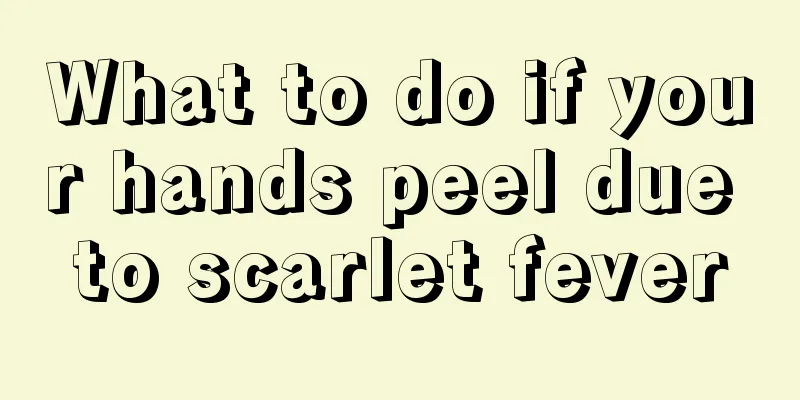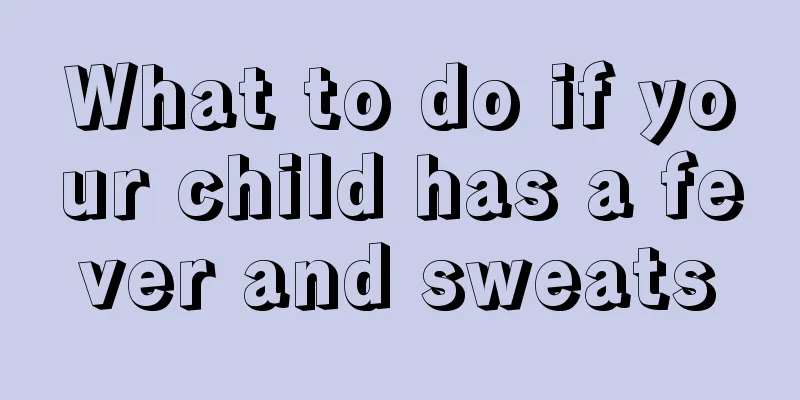What is glaucoma in children?
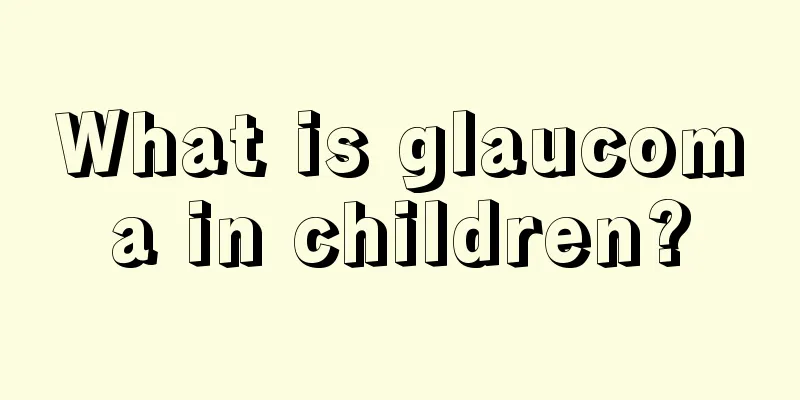
|
As electronic screens become more and more common, such as mobile phones and tablets, children spend more and more time on them every day, resulting in a higher and higher incidence of eye diseases, especially myopia. Wearing glasses at a young age is very unsightly. In severe cases, it can lead to glaucoma and finally blindness. These are very scary and we must pay attention to them. So what is glaucoma in children? Childhood glaucoma is a disease that causes damage to the optic nerve. The optic nerve is composed of many nerve fibers. When the intraocular pressure increases, it can cause damage to the optic nerve fibers and cause visual field defects. Mild visual field defects in the early stages are often difficult to detect, but severe damage to the optic nerve can lead to blindness. Primary infantile glaucoma is the most common type of developmental glaucoma. This disease refers to developmental glaucoma before the age of 3. Because the eyes and bodies of infants and young children are still in an active development period, they have unique symptoms and signs that are different from those of glaucoma patients of other ages. Due to the enlargement of the affected eyeball, infantile glaucoma was once called "bull's eye", and it was also called "water eye" due to corneal edema. The first symptoms are "photophobia, tearing and blepharospasm". In the early stage, there is photophobia under strong light. As the disease progresses, tearing and blepharospasm gradually appear. Clinically, glaucoma presents as headache, dizziness, eye pain, eye swelling, blurred vision, and halo vision. During an acute attack, severe cases may experience a sharp drop in vision to the point where only light perception is left, and may also be accompanied by symptoms such as nausea, vomiting, chills, and fever. We generally think that only the elderly can get glaucoma, but in fact there are also many children suffering from glaucoma. Common ones include congenital glaucoma: the person is born afraid of light and sheds tears; the black part of the eye looks larger, and due to high intraocular pressure, the cornea becomes very turbid and the eyes look unclear. In fact, glaucoma in children is caused by improper use of eyes, except for a small number of children whose disease is hereditary. Therefore, in the face of the serious consequences of glaucoma, parents must pay attention to it and let their children develop good eye habits to reduce the occurrence of glaucoma. If the situation is already very serious, go to a regular ophthalmology hospital in time to seek medical treatment and recover health as soon as possible. |
<<: What are the symptoms of glaucoma in children?
>>: How to treat children with dampness
Recommend
Treatment of breast hypoplasia in girls
Nowadays, there are more and more female diseases...
What should be paid attention to in the baby's diet during the recovery period of pneumonia
We all know that babies are very prone to illness...
2 year old baby ADHD
ADHD is a relatively common childhood disease. Wh...
How to correct your child's sitting posture
Many children, at school or at home, if they sit ...
What to do if your three-month-old baby has indigestion
When babies have indigestion, it usually shows in...
What are the precautions for children with broken arms?
Fractures in children are more serious because th...
What are the symptoms of facial paralysis in children
Facial paralysis is a common and frequently occur...
How to correct a baby's big right side face
Chinese people pay attention to symmetry, which i...
What is visual attention training?
The training of children's visual attention i...
What do two and a half year old babies need to supplement?
Nutritional intake in early childhood is very imp...
What to do if your child has red spots on his tongue
What should I do if my child has red spots on his...
What causes nosebleeds in children?
As people's quality of life continues to impr...
The child has difficulty concentrating
Children's inattention in class is a very hea...
One week two months baby food
Babies aged one to two months cannot be given com...
What should I do if my child has ulcers at the corners of his mouth?
Children’s health is the biggest concern for pare...

